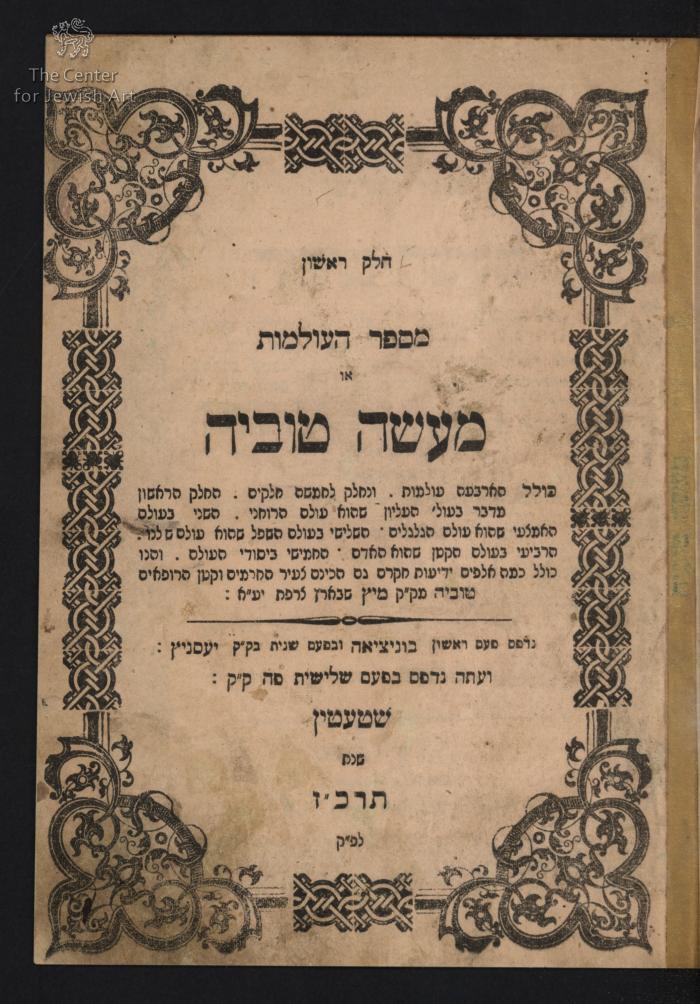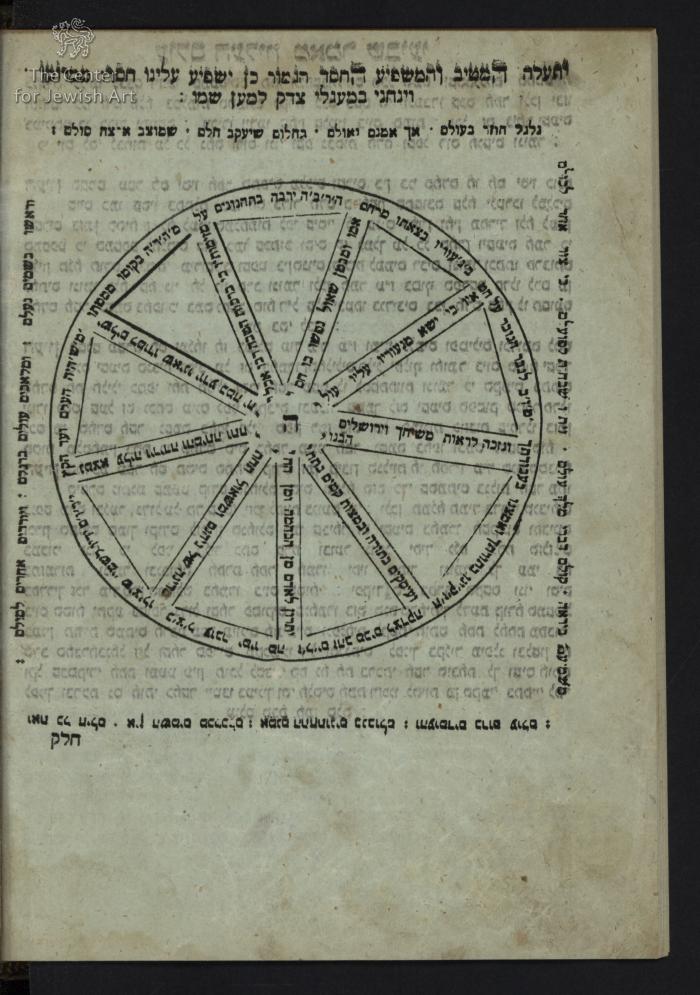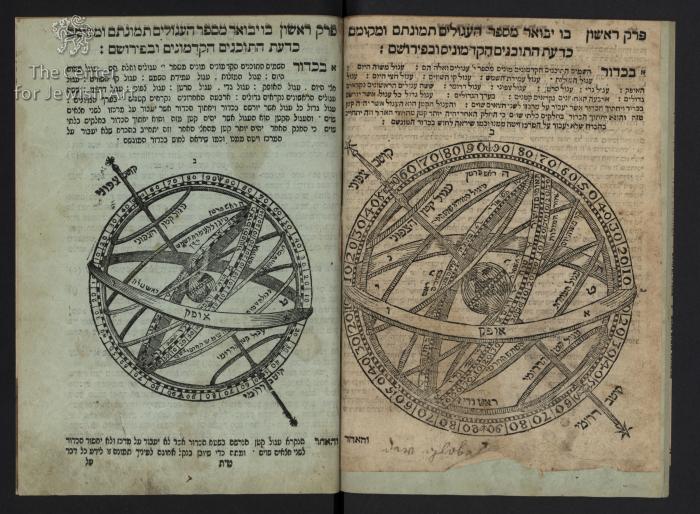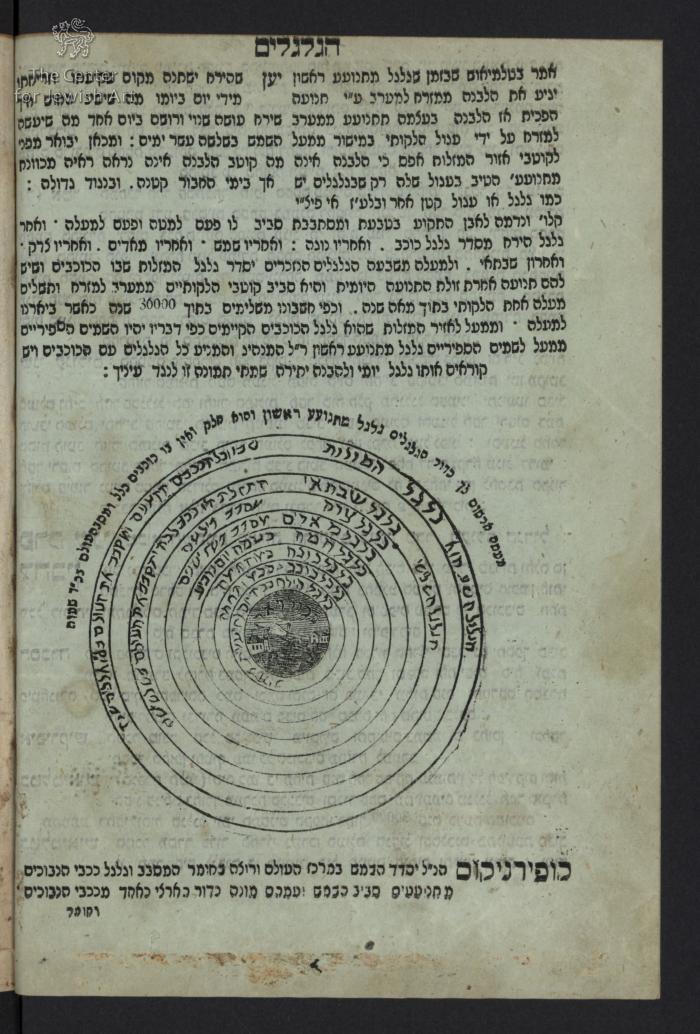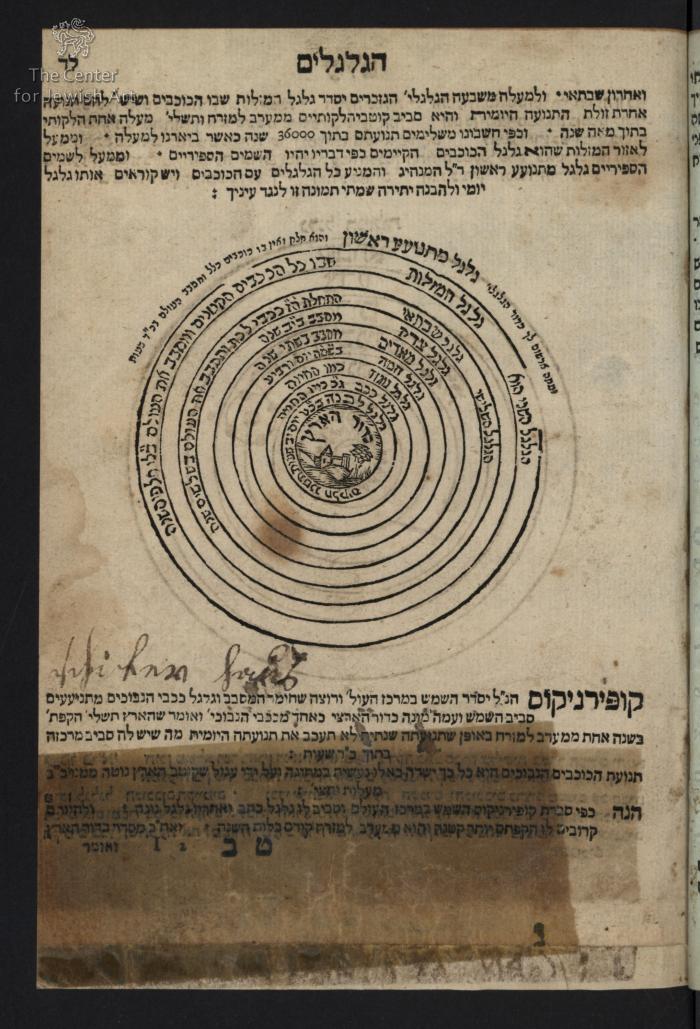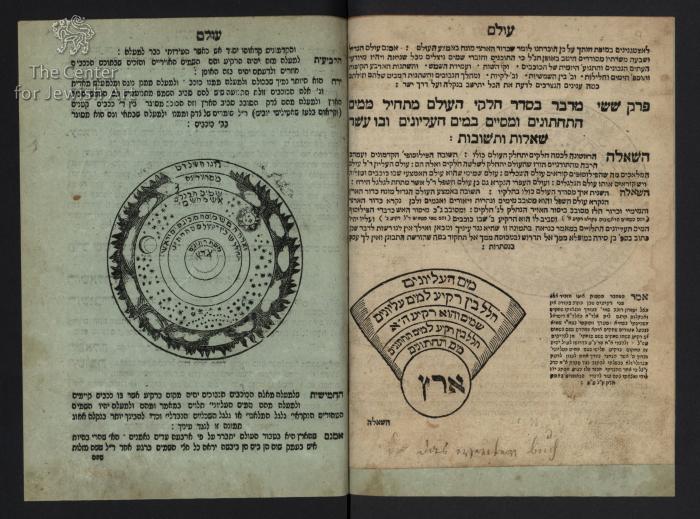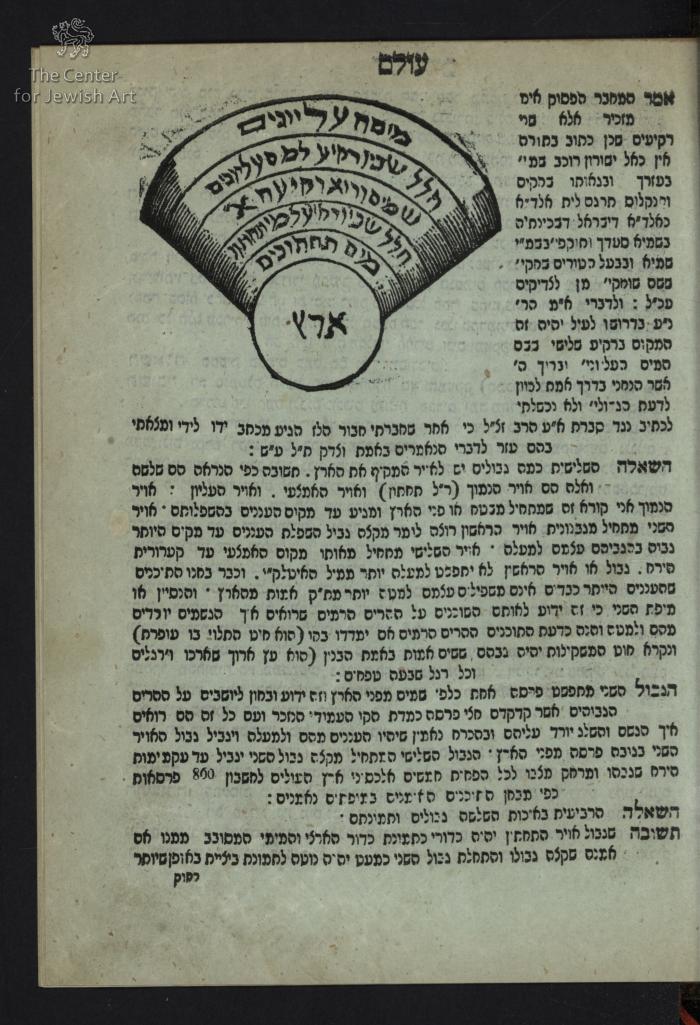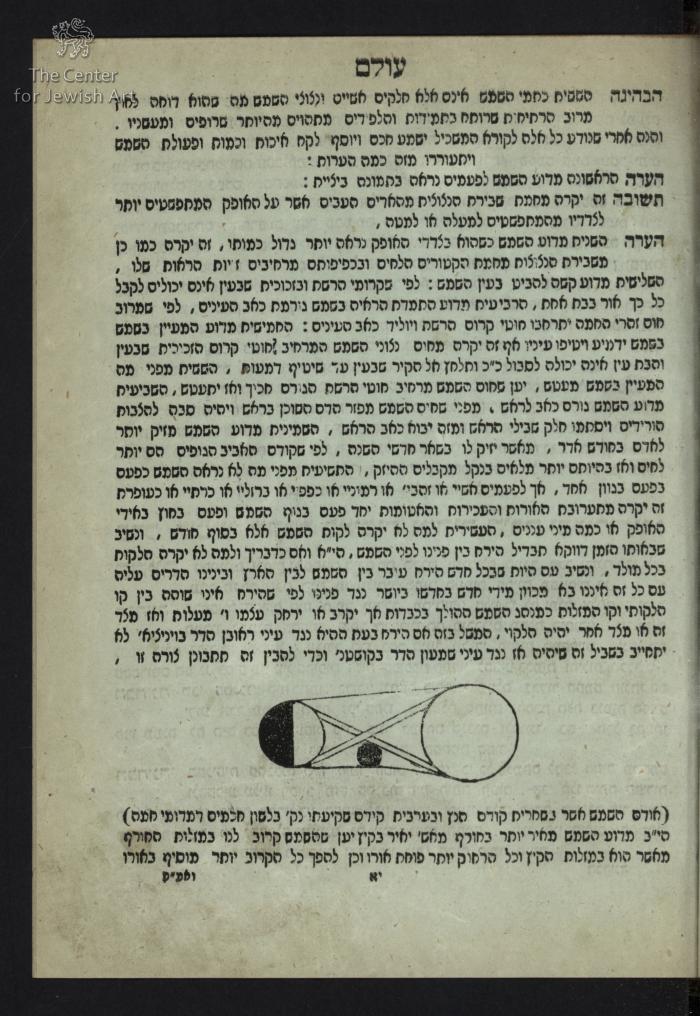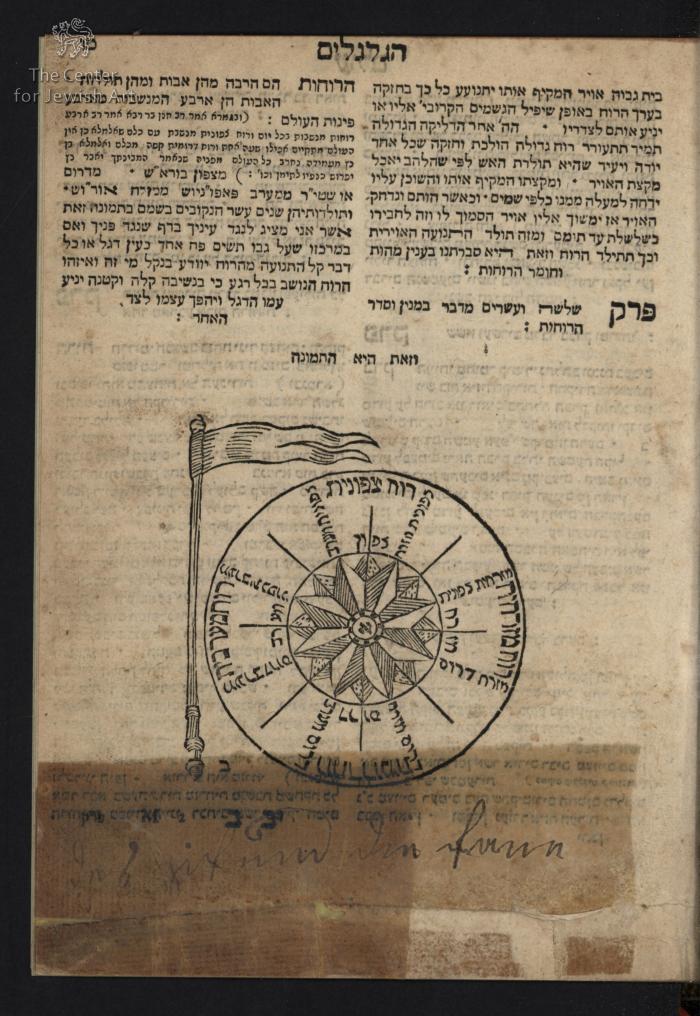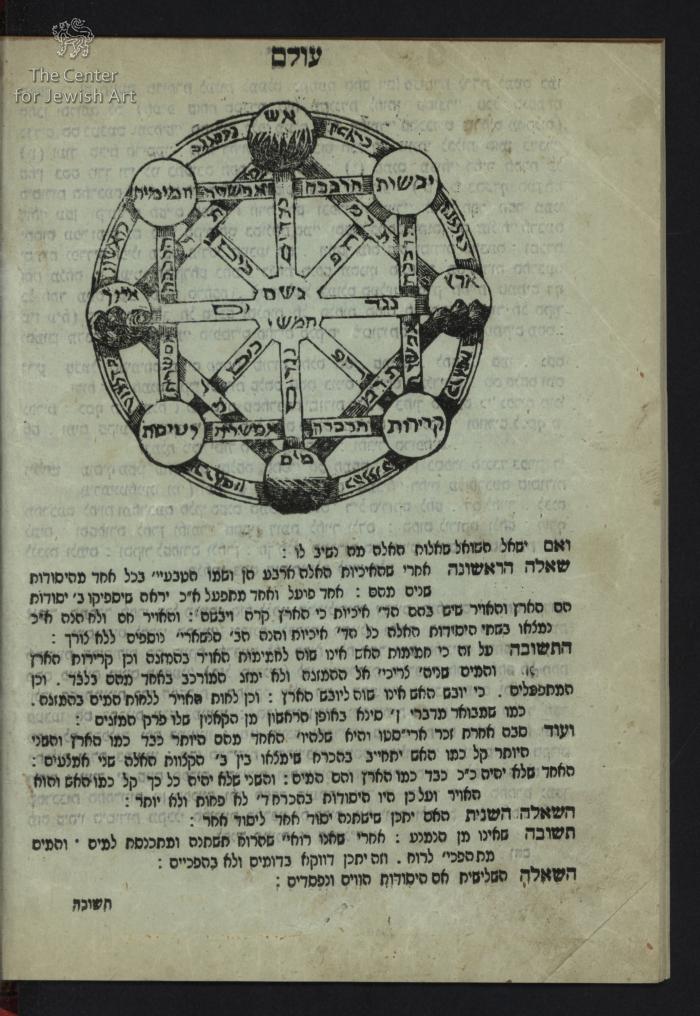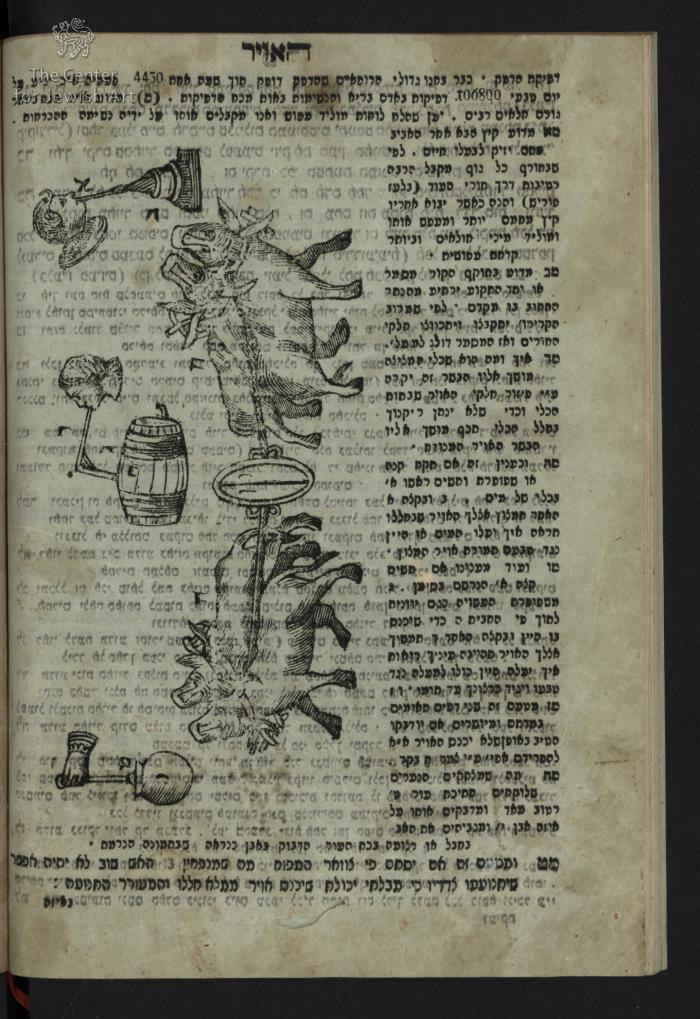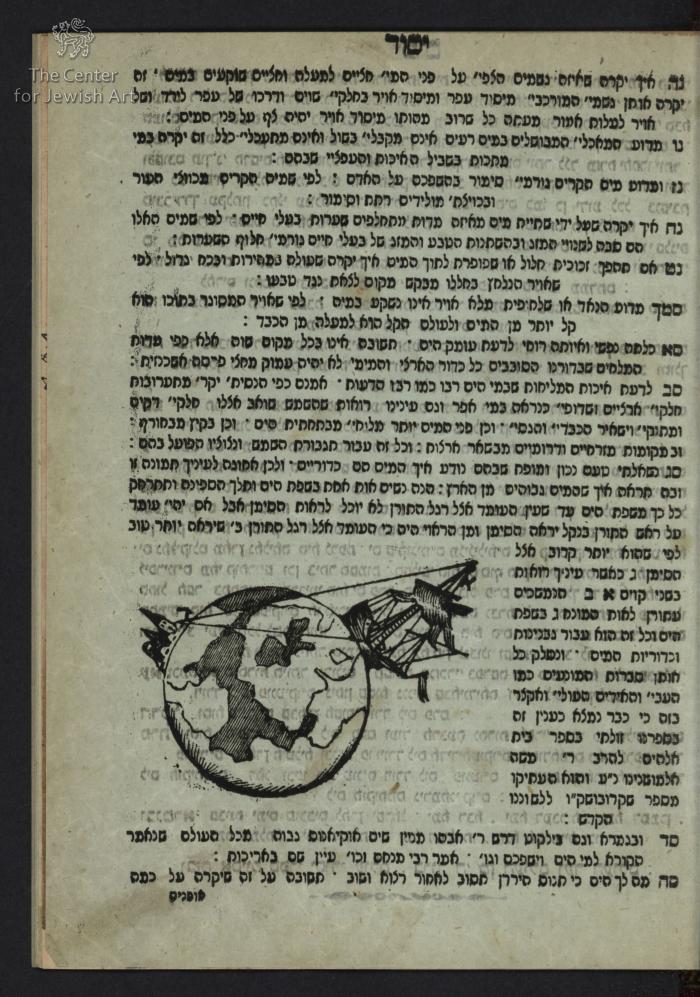Obj. ID: 37991 Ma'aseh Tuviah by Tuviah ben Moshe Katz, Stettin, 1867

sub-set tree:
This text was prepared by William Gross:
A celebrated encyclopedia of natural sciences, as well as a lexicon of pharmacological and botanical terms in Hebrew, Latin and Turkish; and most significantly, an important section on medicine, including anatomy and gynecology. The book includes discussions on the medical properties of tobaccom a description of the 'plica polonica" (Latin for "Polish plait" a hair disease), and an examination of the magdeburg experiment on the vacuum. The author also discusses the future Redemptiuon and the theological and social consequences of the Sabbatian debacle (see pages 24-29). The author, Tobias Cohen, or Tuviah ben Moshe Katz (1652-1729) was born in Metz and raised by relatives in Cracow after his father's untimely death. He studied medicine in Italy at the University of Padua and went on to serve as a court physician in Turkey. Ma'aseh Tuviah was written in Adrianople, today Edirne. See EJ, Vol. V, cols. 692-693 and JE, Vol. IV, pp.161-162.
The volume contains one of the most famous anatomical plates in a Hebrew book (p.106r) and numerous scientific text illustrations. There is an Italian approbation of Ecclesiastical authorities on the final page.
This book is the third edtion of this "most influential early modern Hebrew textbook of the sciences, especially medicine.... No other Hebrew work dealing exclusively with medical and scientific matters was so widely read and appreciated." See D. B. Ruderman, Jewish Thought and Scientific discovery in Early Modern Europe (1995), pp.229-55. This copy also contains illustrations from 2nd edition from Jessnitz (1721) interleaved throughout the book. The are four other editions of this work in the Gross Family Collection.


